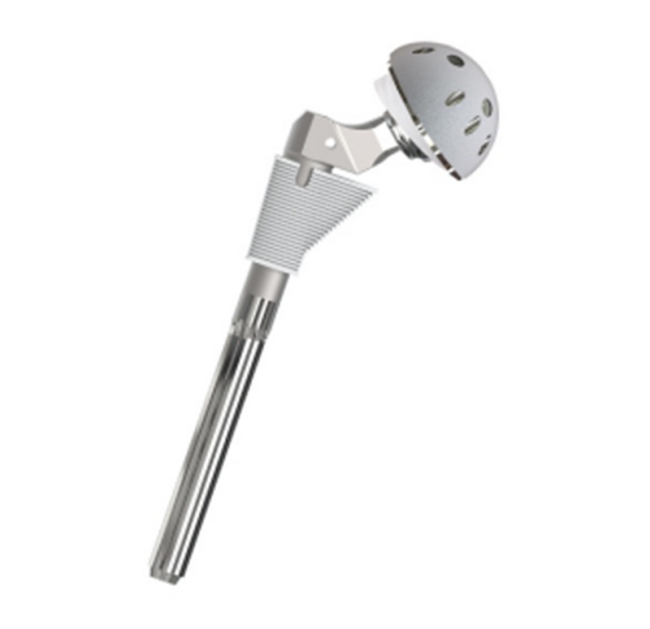Extension Rods Help You Solve The Four Major Clinical Problems Of TKA
 Dec. 25, 2019
Dec. 25, 2019
In total knee arthroplasty, intramedullary extension rods are often used for stress conduction to reduce bone-prosthesis interface stress and ensure long-term stability of the prosthesis. Femoral head total hip replacement manufacturer will take you systematically to understand how extension rods solve the four major clinical problems of TKA.
1. Poor bone mass
For the problem of poor bone quality during the initial knee replacement, you can choose to use the intramedullary extension rod according to the intraoperative situation, which plays a role of stress conduction in protecting the cancellous bone of the proximal end, bypassing the damaged joint and Metaphyseal end bone to enhance the fixation effect of the prosthesis.
2. Inadequate ligament function
For patients with inadequate ligament function during the first knee replacement, the prosthesis is optimally designed, and the tibial platform pad with a widened column is used to form a relatively close fit with the intercondylar fossa to ensure the stability of varus and varus. Optionally, an intramedullary extension rod can be used to provide resistance to bending stress, allowing loads to be transmitted to the distal tibia.

3. Stability of total knee arthroplasty
In revision total knee arthroplasty, soft tissue damage and femoral and tibial bone defects often occur. Studies have shown that the use of femoral intramedullary extension rods does not increase the risk of tibia failure. On the contrary, for restrictive prostheses, The use of the femoral intramedullary extension rod makes the tibial cancellous bone strain level more balanced, that is, the strain difference of the cancellous bone in the medial and lateral regions is the smallest.
4. Complex knee problems
In recent years, highly restrictive prosthetic designs have been continuously developed and optimized to handle more complex deformities and meet the increasing needs of total knee arthroplasty. Hinged knee prostheses are used for complex primary or revision arthroplasty, and their implantation The torsional and bending stress generated by the human body is transmitted to the interface between the bone and the tibial plateau, which easily leads to clinical problems such as loosening of the interface. The use of an extension rod can reduce the possibility of aseptic loosening of the hinge knee implant and lose a large amount of bone that Provides remote fixation in case.
Our company also provides Revision Hip prosthesis material.













